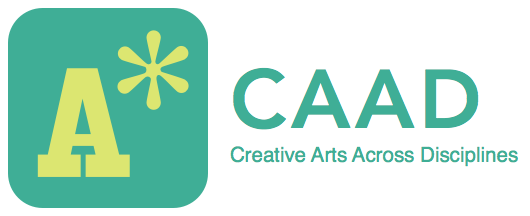On November 20, 21, and 22, the Vassar Repertory Dance Theatre presented its Final Showings. The performances encompassed works by faculty artists, of the students’ own, and from classical ballet and modern repertoires. What was most fascinating to me was the structure that allows for the audience to witness the evolution of the pieces, to watch space and time transform from beginning to end. The company achieved this by organizing two separate events that gave the viewer a chance to experience the development of the pieces throughout the semester.
On October 15th, VRDT’s first showings showcased the process the company had made thus far in terms of choreography and performance. This was an opportunity for a panel of faculty to provide feedback, for the audience to understand the various steps that must be taken towards a final consolidation of a production, and for the students to present the progress of their creative endeavors.
The panel’s commentary during the first showings was insightful and encouraging, with clear allusions to the elements that inspired interest. Ray Cook, the first director of the company, expressed his appreciation for the artistic excellence upheld by the company.
Nine students’ choreographies were presented, whose nature was varied and progressive. Some pieces followed a clear narrative, others were abstract and frenzied; all were captivating. When asked by the panel what direction their pieces would take, some choreographers expressed a clear idea of succession, while some more claimed they knew not where the choreography would take them. This instilled a sense of expectation and eagerness for the final showings, which reached a level of technical eloquence and heightened sensory evocation that must have been as rewarding to the artists as it was for the audience. The layers and textures of the pieces comprised of an incredibly rich vocabulary spoke to the immeasurable time and energy that went into these evenings’ shows.
After months of rehearsals, the Final Showings represented not just an event, but a process. It didn’t feel like a resolution, but rather a continuation of that drive for the generation of ideas, shapes, and the architecture of movement. It was as much a statement as it was a dialogue, amongst dancers and with the audience. Every movement, light, and costume was inherently a choice, and it took the viewer on a journey through which one could project ideas, explore spaces, and discern meaning with increased ease.

